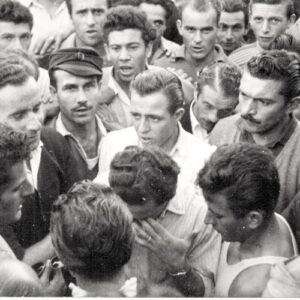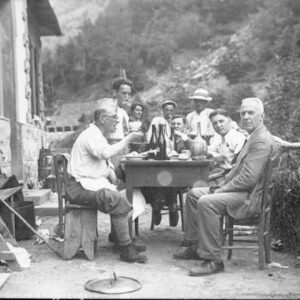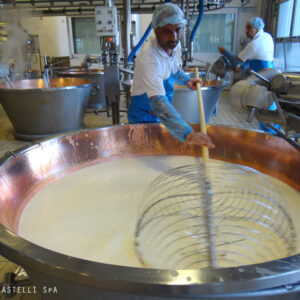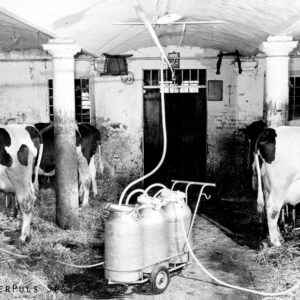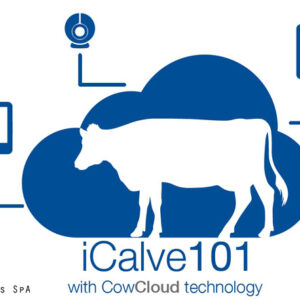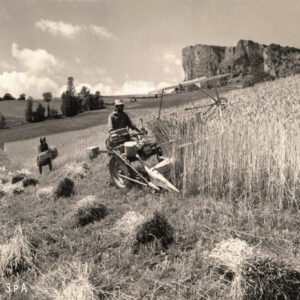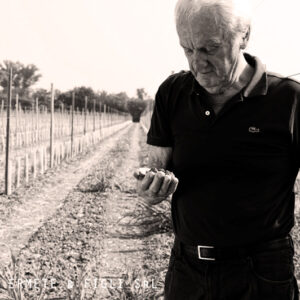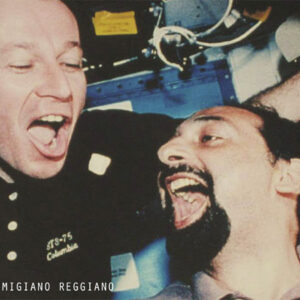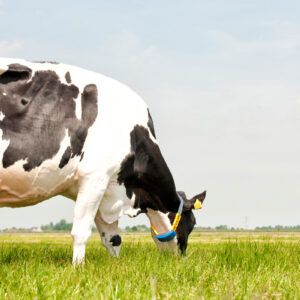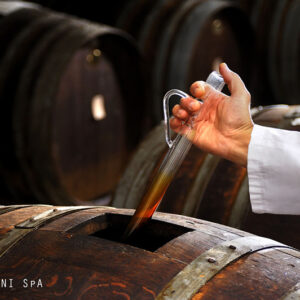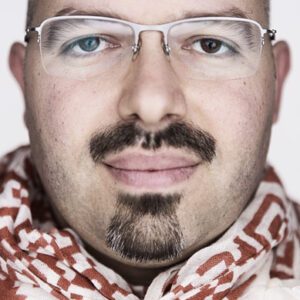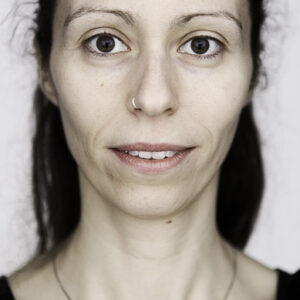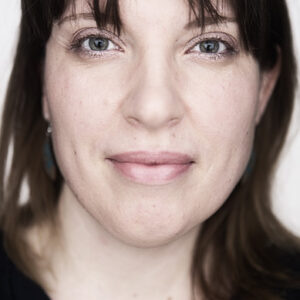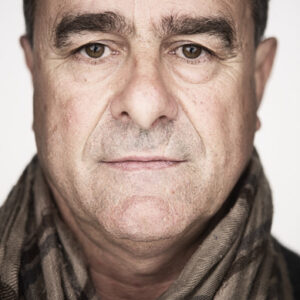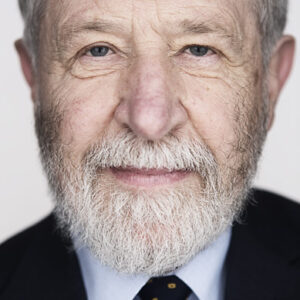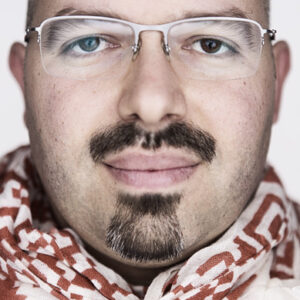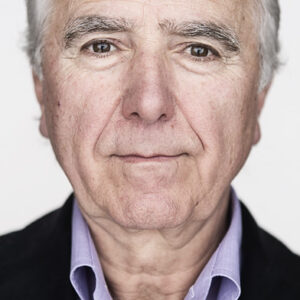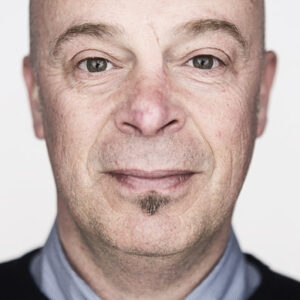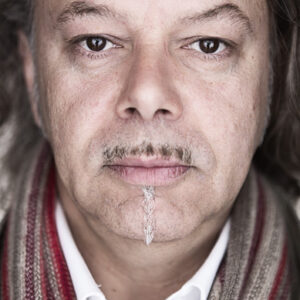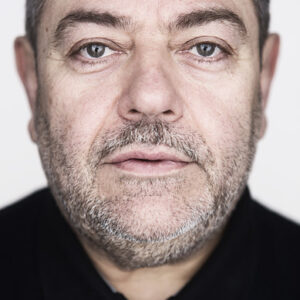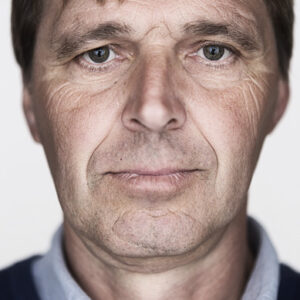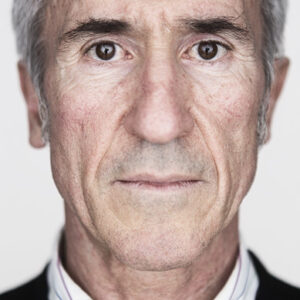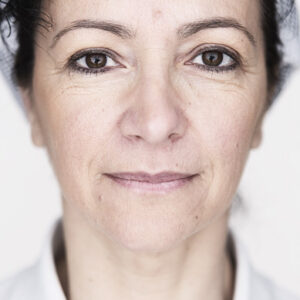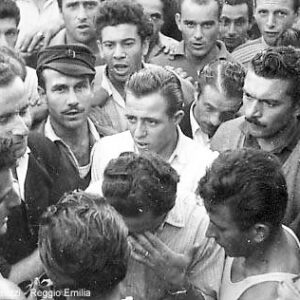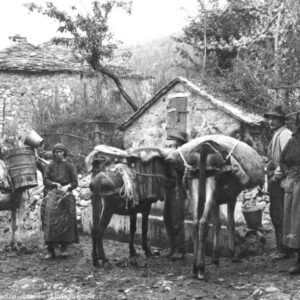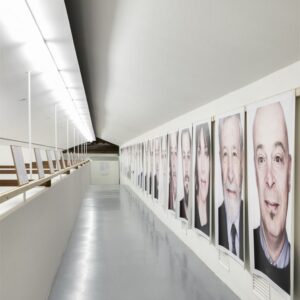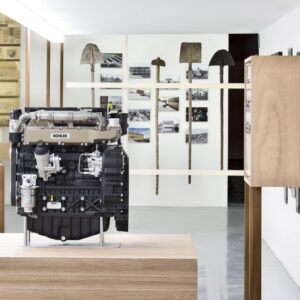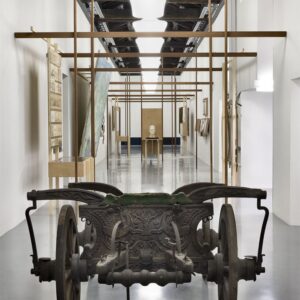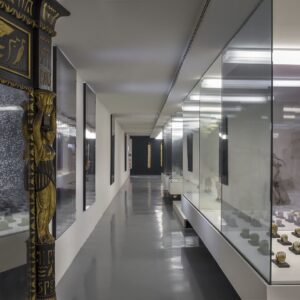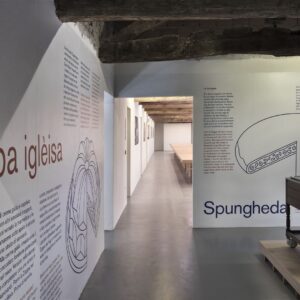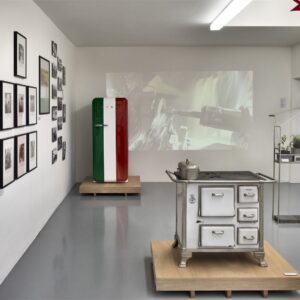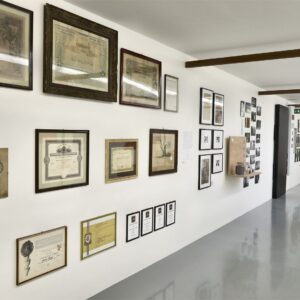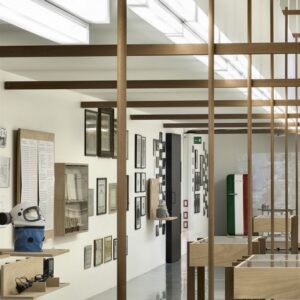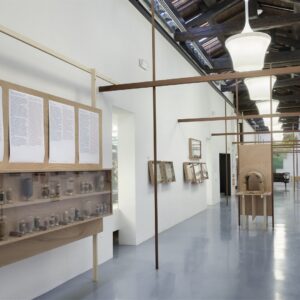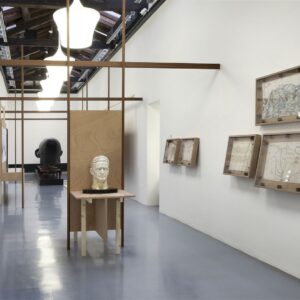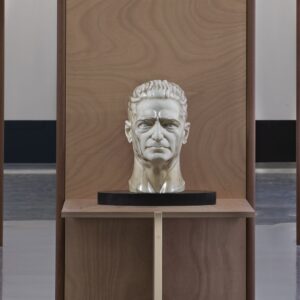NOI
Storie di comunità, idee, prodotti e terre reggiane
NOI lavoriamo la terra
È difficile immaginare il territorio reggiano come un mondo in continuo cambiamento eppure, attraversando le tante storie di terra esposte in mostra, ci rendiamo conto che questo paesaggio si è modificato senza sosta nel corso dei secoli dando vita ad abitudini, scenari e prodotti molto diversi tra loro. Basta guardare con attenzione le mappe antiche per riconoscere una campagna popolata di gelsi e mulini ormai scomparsi, mentre i campi d’erba medica e il prato stabile predisponevano già allora l’alimento base per il bestiame.
La terra ricca di questa regione ha facilitato lo sviluppo delle prime civiltà dei Terramare e ha alimentato le fornaci dall’epoca romana fornendo i mattoni con cui dare forma alle prime architetture permanenti. L’agricoltura e le sue comunità hanno forgiato questo territorio nei secoli, trasformandolo in un laboratorio a cielo aperto.
In questi ultimi decenni, il consumo di terra scriteriato causato della crescita dei centri urbani e l’impoverimento della produzione agricola sono diventati i due grandi problemi da affrontare oggi per il prossimo futuro.
Riportare al centro l’agricoltura, intesa come pratica consapevole e sostenibile capace di costruire buone pratiche intorno all’idea di “Terra Madre”, può diventare la soluzione per frenare una perdita di senso di questo territorio facendo sì che ritorni ad essere un inedito eco-sistema per le nuove generazioni.
We work the land
It is difficult to imagine the territory of Reggio Emilia as an ever-changing world and yet, passing through the many histories of the land on display, we realise that this landscape had changed incessantly over the centuries, giving life to habits, scenarios and products very different from each other. You only have to examine the ancient maps to recognise a countryside populated by mulberry groves and mills that have now disappeared, while the fields of alfalfa and pasturelands were, even then, the staple food for livestock.
The rich earth of this region has fostered the development of the first civilisations of Terramare and fuelled the furnaces of the Roman era, supplying bricks used to build the first permanent architectural structures. Agriculture and its communities have forged this territory over the centuries, transforming it into an open-air laboratory.
In recent decades, the irresponsible consumption of land caused by the growth of towns and the impoverishment of agricultural production have become the two most important problems to address for the near future.
The loss of sense of this territory can be curbed by bringing agriculture back onto centre stage, intended as a conscious and sustainable agricultural practice able to build good practices around the concept of “Mother Earth,” thus ensuring its re-emergence as a new ecosystem for new generations.
Mostra
temi
Noi governiamo l’acqua
Noi lavoriamo la terra
Noi alleviamo gli animali
Noi costruiamo comunità
Noi produciamo futuro
Noi amiamo mangiare bene
Ritratti di un paesaggio


